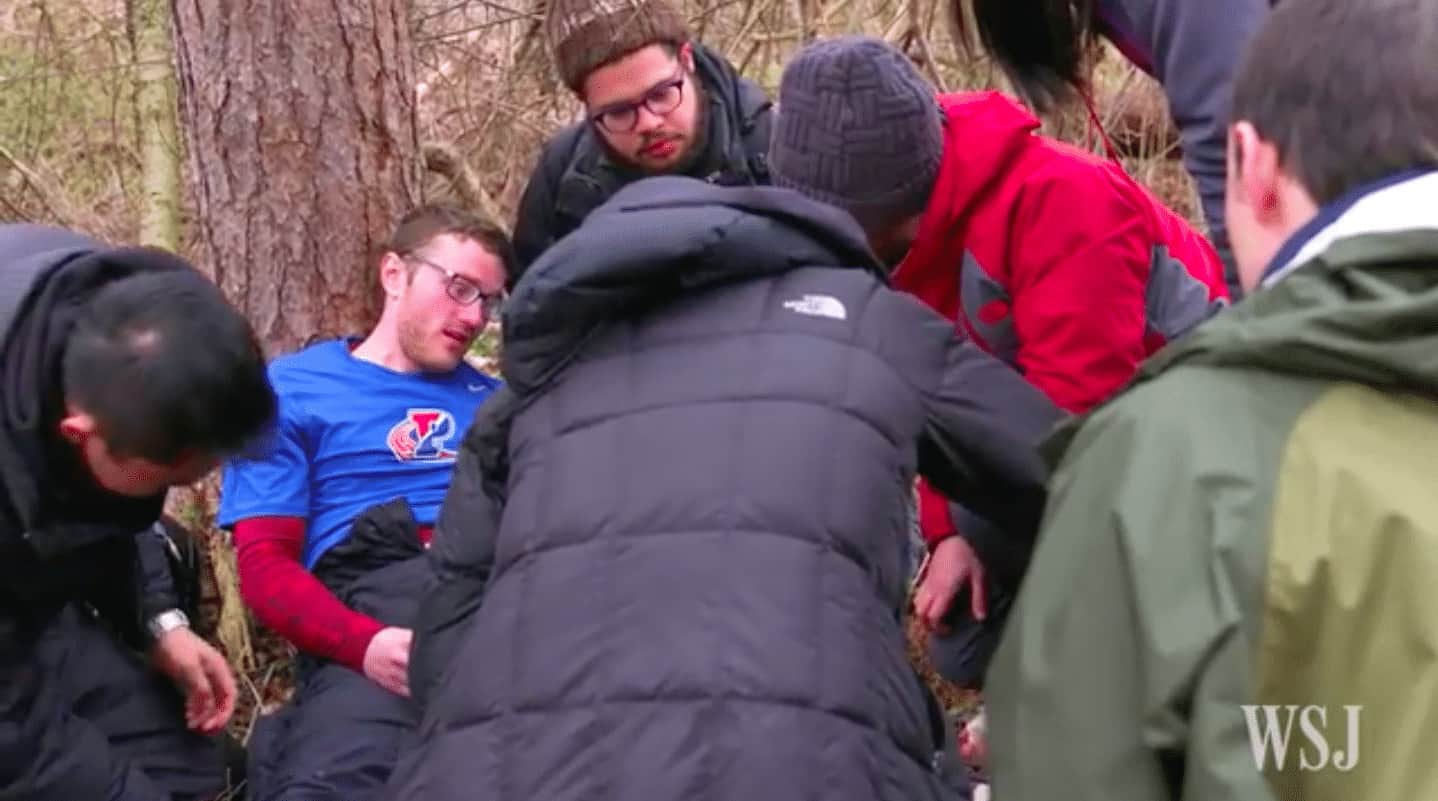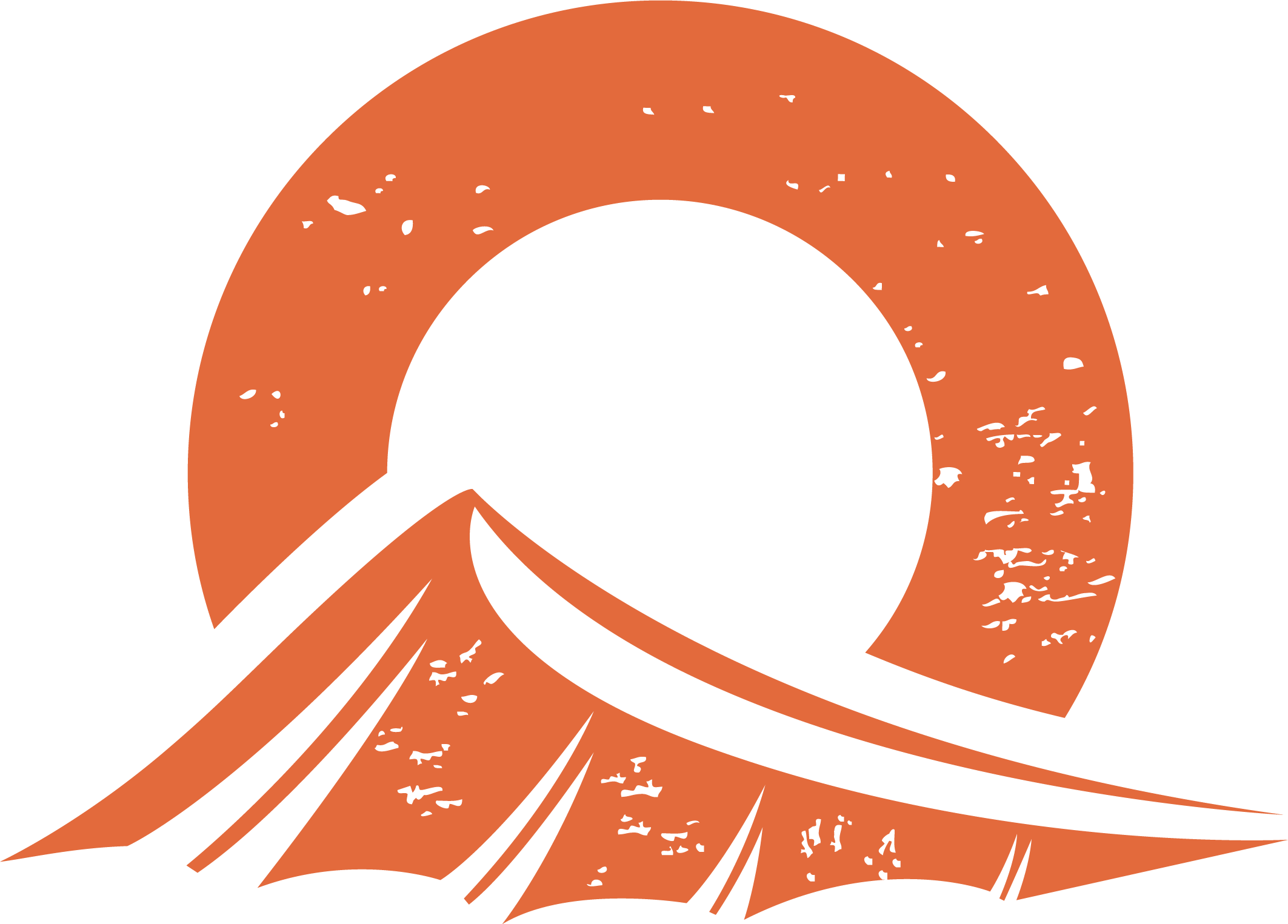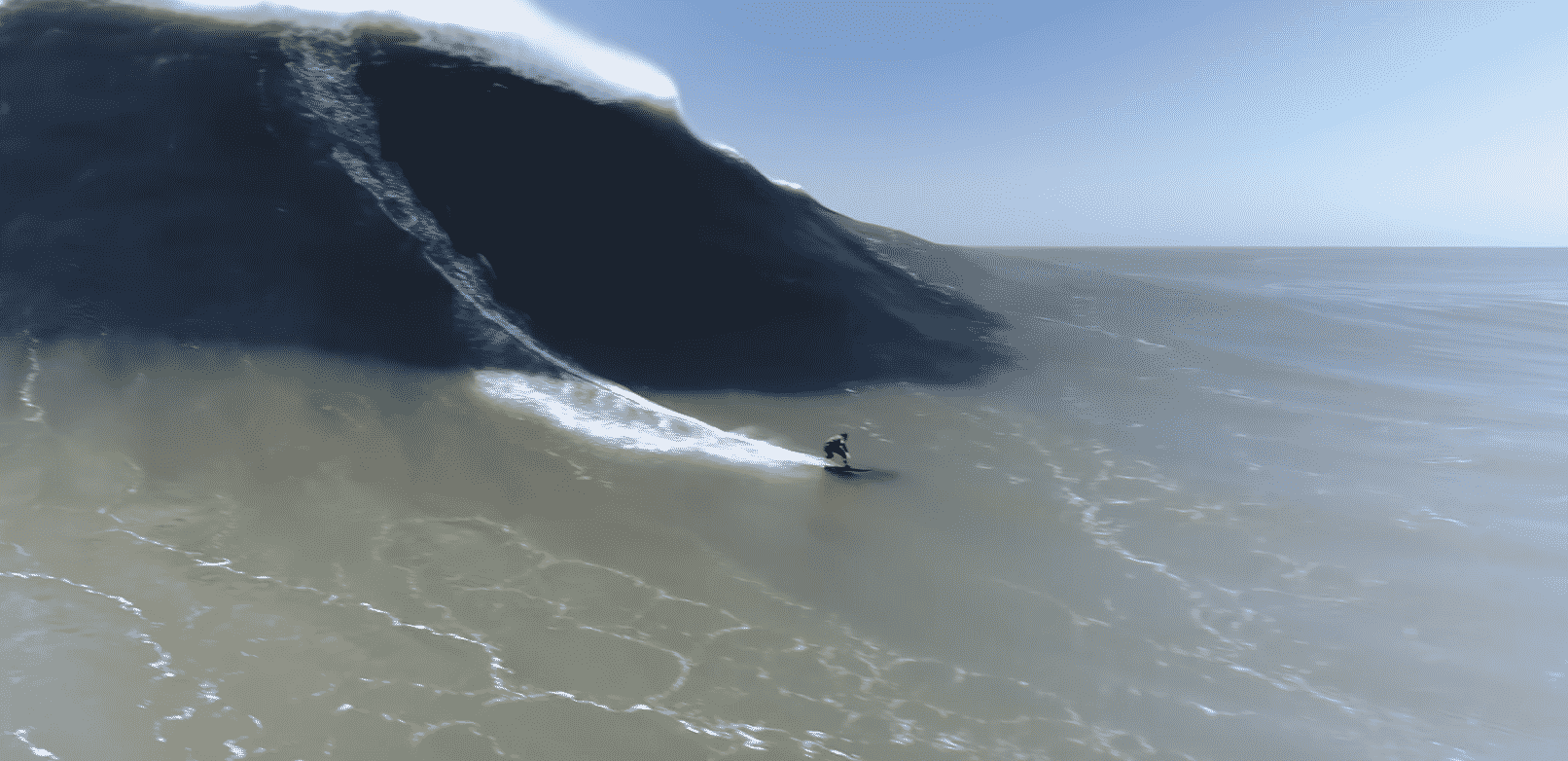
Sustaining an injury in every day life can be painful and inconvenient. Even if the injury is a serious one, the easiest way to get on the road to recovery is to go to the doctor or a hospital. But what happens when someone gets injured and there are no hospitals or medical supplies anywhere close? That’s where basic first aid wilderness medicine come in.
A growing trend in medical schools is seeing more students be taken into non-hospital settings, where they are taught to put their medical skills to use in the wild.
Under the watchful eye of their instructor, a group of trainees raced to complete an assignment earlier this month: building two shelters out of logs, branches and leaves on the edge of a beech and maple forest.
They used brush to create makeshift beds and spent the night in the huts warmed only by a campfire started with flint and steel. Outside, it was 38 degrees and raining.
These weren’t fledgling park rangers, but medical students from the University of Pennsylvania’s Perelman School of Medicine, and they are part of an unusual trend. As the practice of medicine becomes increasingly high-tech, some U.S. medical schools are taking a break from beeping machines and offering students more training in wilderness medicine and basic first aid, to prepare them for disasters and mishaps in the outdoors.
Click here to continue reading.







